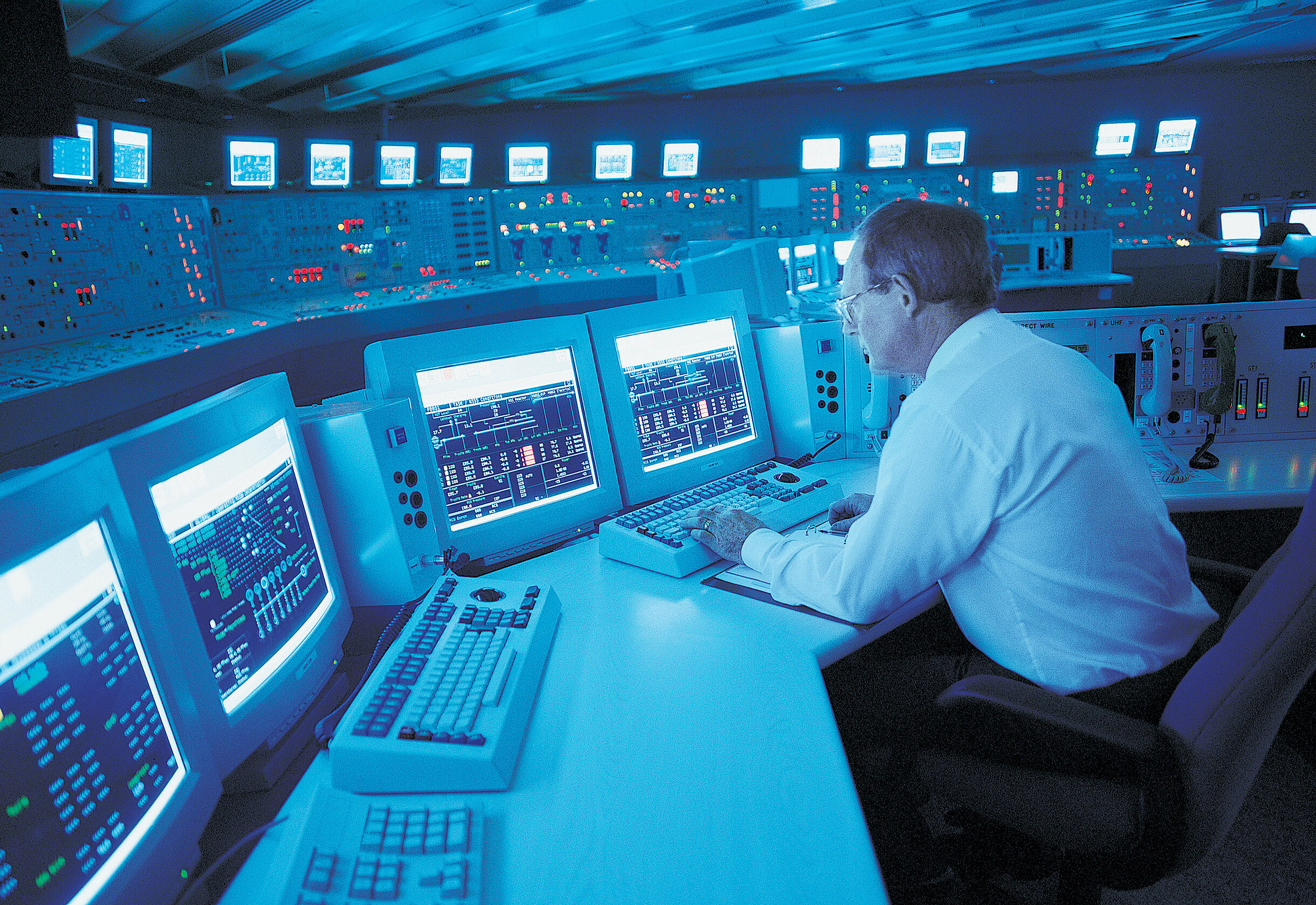Modern simulation systems enable realistic testing of measures against cyberattacks. Often, it is not until you play through a situation that you realize which skills are still missing.

Modern simulation systems enable realistic testing of measures against cyberattacks. Often, it is not until you play through a situation that you realize which skills are still missing.